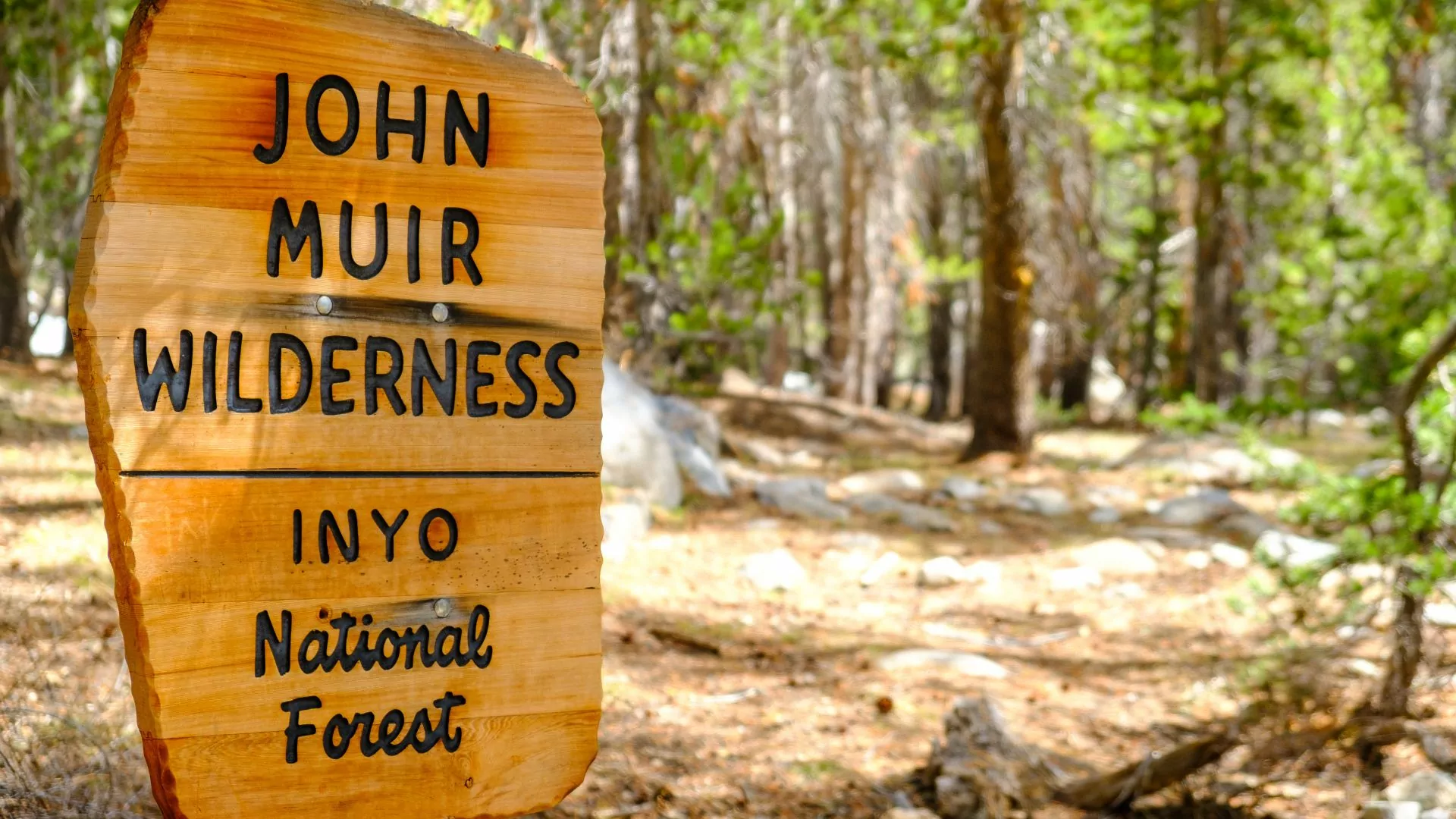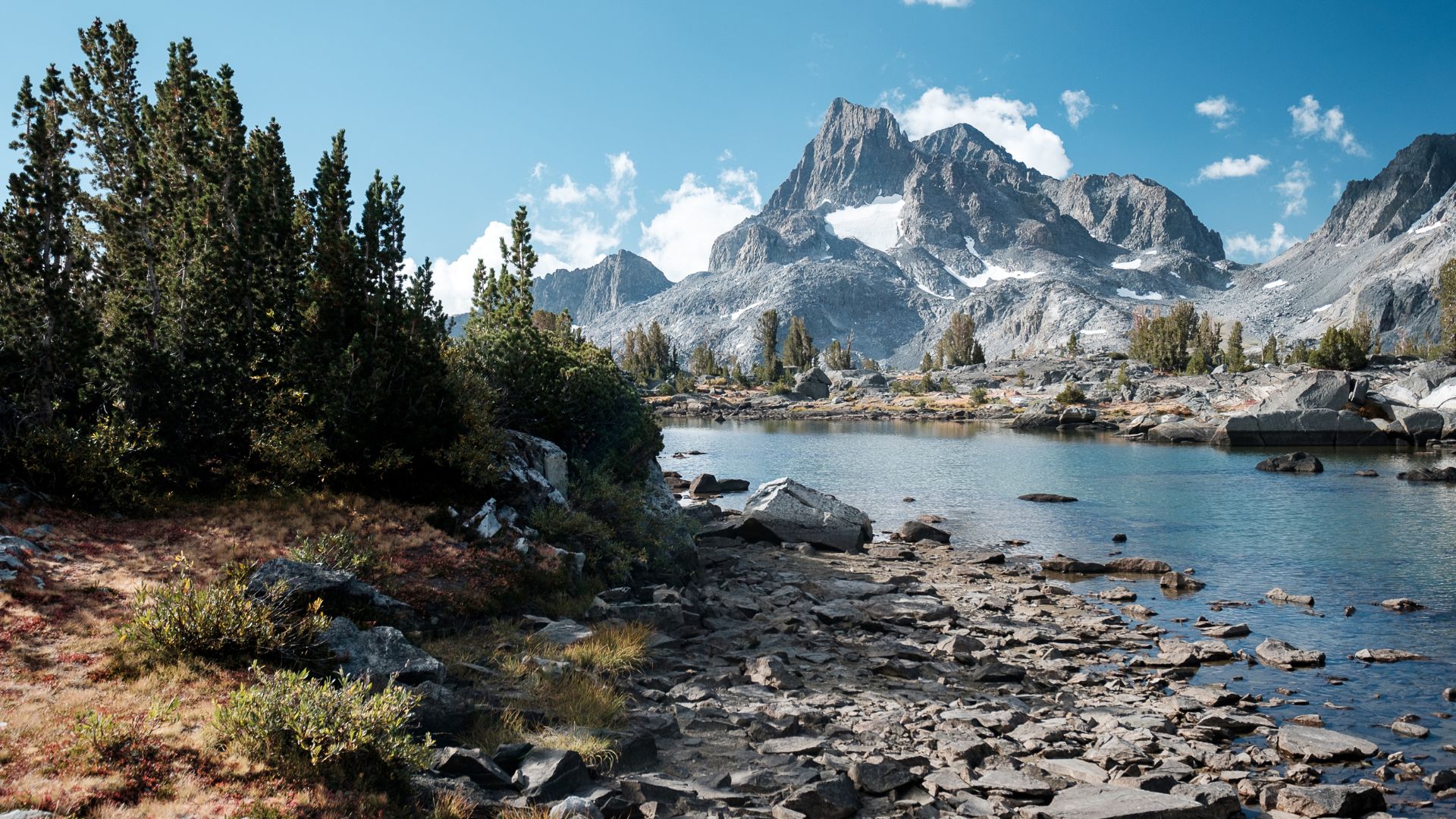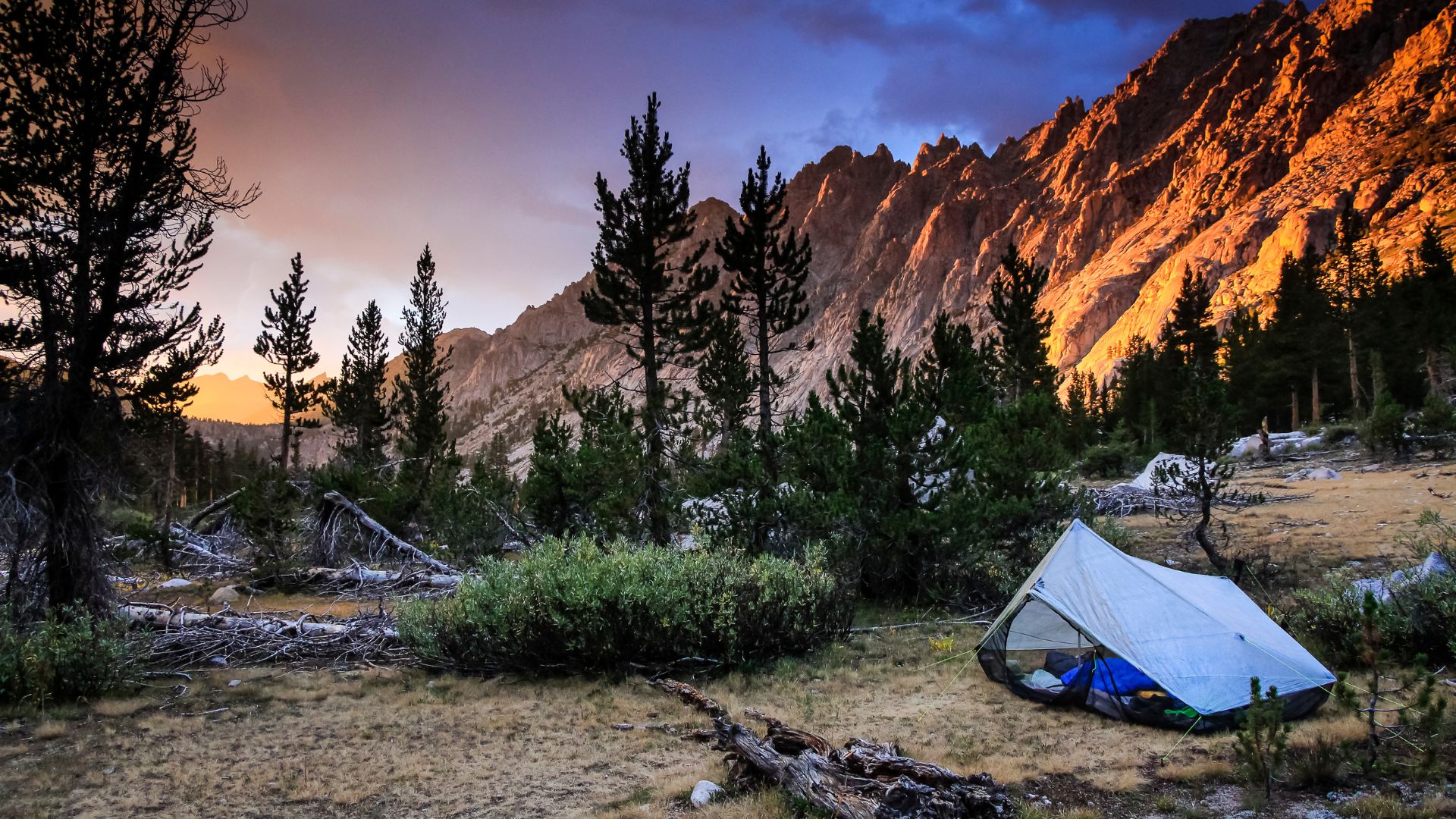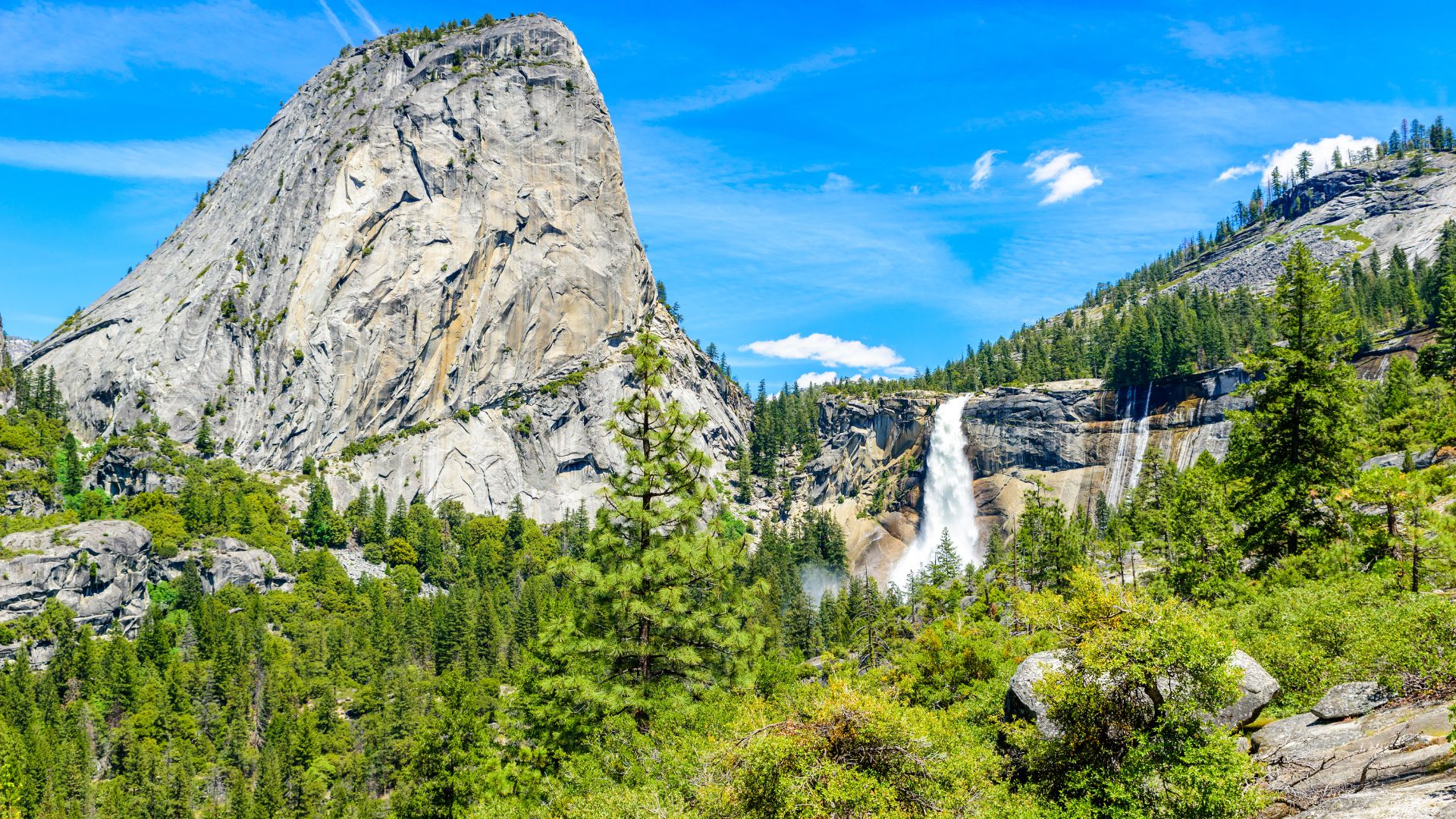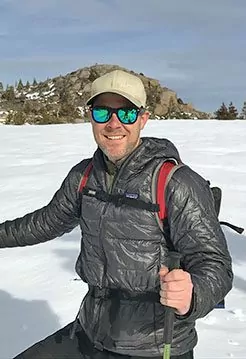Why It’s Worth Hiking the John Muir Trail
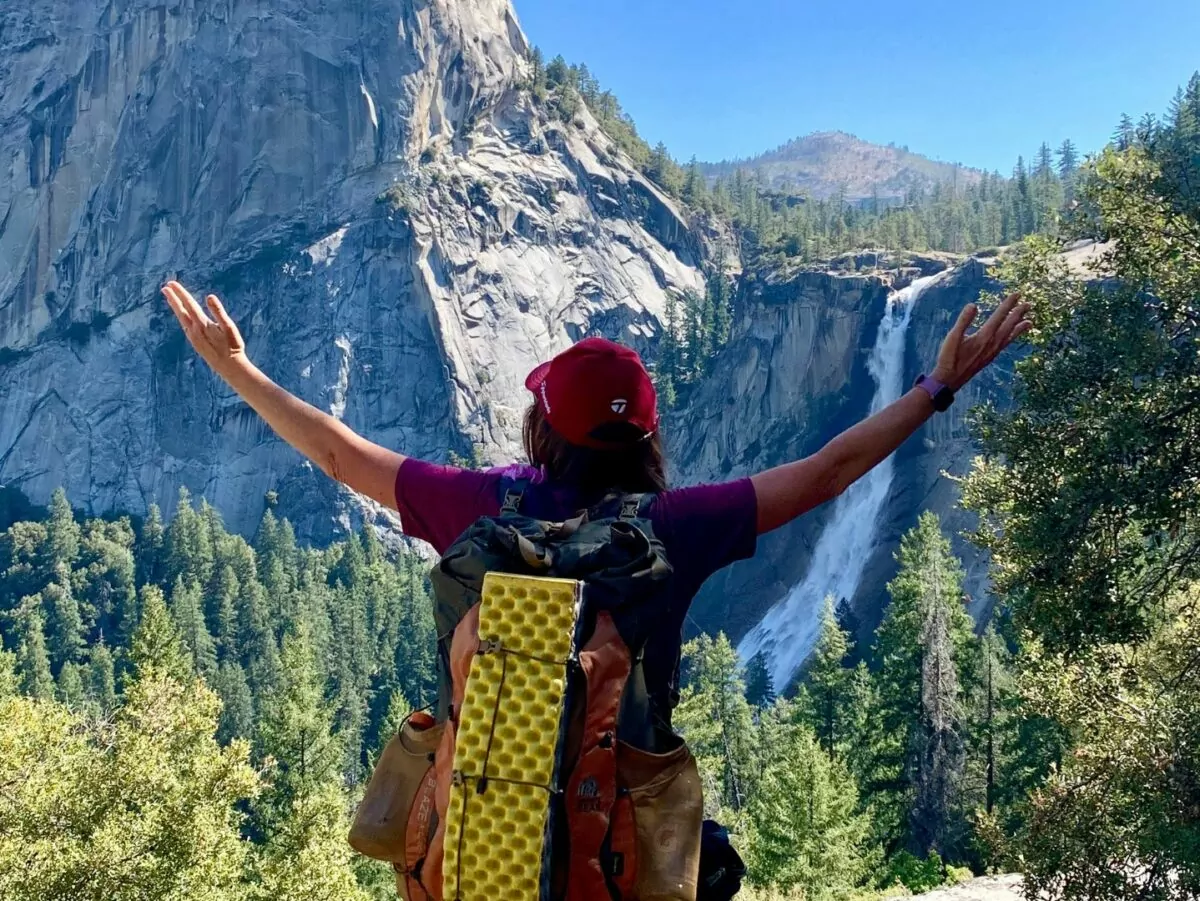
A good life is never walked in a straight line.
Like a backcountry trail, it gives us all kinds of challenges with which to contend. Steep climbs. Dark storms. Confusing intersections.
That’s why overcoming obstacles in the outdoors is such a learning opportunity. Only in testing your mettle can you see what you’re made of. While it’s a guide’s job to provide all the tools you need to reach the finish line, it’s on each hiker to realize their own resolve. With time on the trail come hard won lessons in resilience.
Now who’s ready to see what they can do?
13 Days on the JMT
Wildland Trekking’s biggest, boldest adventure yet is launching in 2024 in our Sierra Nevada program. A first of its kind, this backpack trip will challenge guests to complete 13 days on one of the most scenic, dynamic long trails in the world. Our 13-day John Muir experience runs 118 miles from south to north through the rugged Sierra Nevada range, covering a bit more than half of the trail’s total 211 mile length.
The hike begins at one of California’s many high elevation reservoirs, the 7,328-foot high Florence Lake, a scene of granite-accentuated calm that belies the next day’s challenge.
After a local water taxi ferries us across, we traverse a 4.7-mile spur that leads to the JMT, and then climb to Selden Pass at more than 10,000 feet.
Long, sweaty days are the norm on this adventure, as we’ll be averaging just over 9 miles a day throughout. Our longest will come late into the trip with 13 miles on day 11, although that won’t necessarily be our most challenging. The odds are good by then that your legs, hips and shoulders will be taut and toughened up, trained by steep climbs and tall steps we’ve put behind us.
Naturally, it’s the first few days of a long hike that make or break a hiker. This is when the pack is at its heaviest, literally and figuratively. But I’ve learned to appreciate what emotional discomfort can introduce to a person’s psyche, the tolerance for adversity and uncertainty. While pangs of insecurity and imposter syndrome make a person second guess themselves, successfully completing something of the John Muir Trail difficulty level instills newfound confidence.
There’s something in the business we call “Type 2 Fun.” It’s the idea of appreciating a difficult experience after the fact with a sense of pride and accomplishment. Although this kind of fun may feel more challenging in the moment, it is often more lasting than the instant gratification of cheap thrills. This is something to be weighed in the “pro” column when considering an undertaking of the John Muir Trail’s difficulty.
John Muir Trail Guided Backpack Trip
Finding Your Stride
Usually, people begin to get comfortable with the process after three, maybe four days. It’s when the weight and steps become expected. After that, the only weight you’ll notice will be the pounds slipping away from under your pack’s hip-belt.
Know that this hike isn’t all high passes and prominence, there’s plenty of walking through rich forest with long, cruising descents, broad cupped valleys and barefoot-ready rivulets, perfect for relaxing lunches and much-needed snack breaks.
For every mile of open sky and sun-hardened soil, there’s another lined by soft alpine grasses and palettes of lupine, monkeyflower and cinquefoil. These more comfortable sections will be especially noticeable along the Mammoth Crest before we enter a wilderness zone named after another High Sierra stalwart, Ansel Adams. This is when the days really fly by.
The difficulty of the John Muir Trail is largely hidden by its remarkably variable landscapes. The climbs are tough, but you’re always astounded at what you’re climbing by, through and to. While distant stretches of vacant granite and the toothy peaks of the Ritter Range keep your head up and eyes wide for miles, curtains of wildflowers hanging over edges of rutted trail and the sudden scurry of a western fence lizard do plenty to keep you focused on your footsteps. Still, it’s okay to let your mind wander in front of your feet, it’s the very reason the trail’s namesake spent so long in his beloved Sierra Nevada.
Day 9 is 10 miles and finds us among a series of lakes that few camera lenses have ever suitably captured, offering reflections of Banner and Ritter and their shawls of year-round snow. Together, we’ll hike past Thousand Island Lake up to the moderate Island Pass at 10,205’ to take in its low-lying mats of winter-tough grasses and marmot hovels before the easy stroll down to a restful camp.
Looming over our tenth day of hiking is the milestone of Donahue Pass, an 11,000’+ break in the shoulder of its namesake peak that grants us access to the wonders of Yosemite National Park. It’s an arduous, stunning ascent that all of our previous days’ mileage will help us tackle with little sweat.
Or so we hope.
Either way, the climb will be worth each step, as from the crest of Yosemite’s eastern border an entire horizon of glacier-forged granite reveals itself. After that, despite one day in which we climb a bit more than we descend, it’s largely all downhill.
While the level of difficulty subsides each of our last three days, the impact of the park’s inner landscapes remains much the same, with the sprawling Tuolumne Meadows, Cathedral Lakes and their eponymous range yet to come. This is one of my favorite parts of Yosemite — the open high country.
Come days 12 and 13, trailhead fever will no doubt set in, and the aches, hotspots and concern over finishing the trip will wash away in the rapids of the Merced River as it dumps over Nevada Fall, leading us into the Valley.
Challenge by choice
What I hear most often from guests who complete a Level 5 hike like this is that they didn’t think they could do it.
What I know is that it’s rarely the trail profile or the weight of the backpack, it’s the uncertainty of what the world looks like at over 11,000’ above sea level. You’ll learn that it looks different to everyone, because every trip is an individual journey, regardless of how many tents are staked-out around you.
I always stress that confidence is usually the biggest barrier to success, and that a hiking guide’s role is more than trail lead or camp chef. Those skills can mostly be taught. What Wildland guides really excel at is acting as a bridge between doubt and accomplishment.
This hike is definitely a challenging way to experience the wilderness, but aren’t the experiences that push us beyond our comfort zone the most rewarding? I know it’ll be hard as much as I know it will be the most memorable hiking vacation you’ve ever had. Maybe sore feet, a sunburn and a couple of bruises are worth it.
We’re proud to offer a trip of this length along such a storied stretch of American backcountry. The John Muir Trail is legendary not for its difficulty but for its countless rewards, physical and emotional. If you can accept the former, the latter will be yours in spades.
Remember: no one leaves this planet wishing they spent more time in the office.
Looking for something a little easier but in equally stunning High Sierra wilderness? Consider a mule-supported trek!



